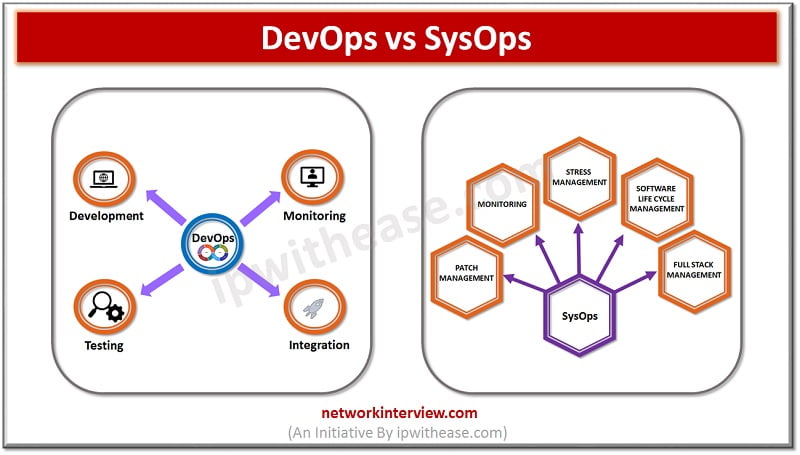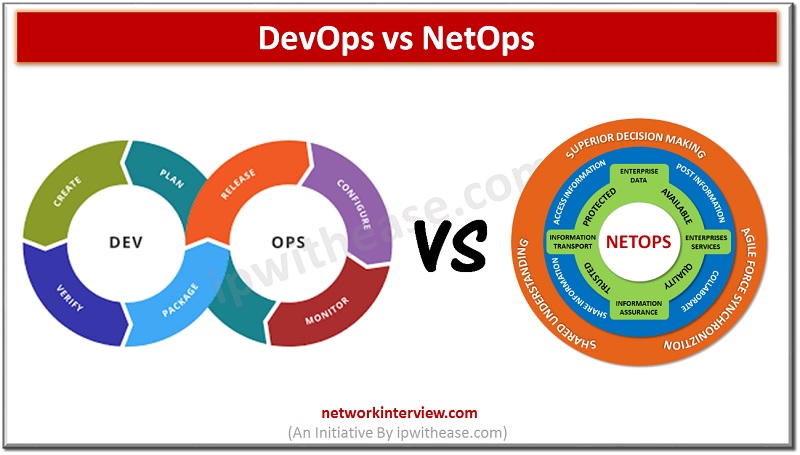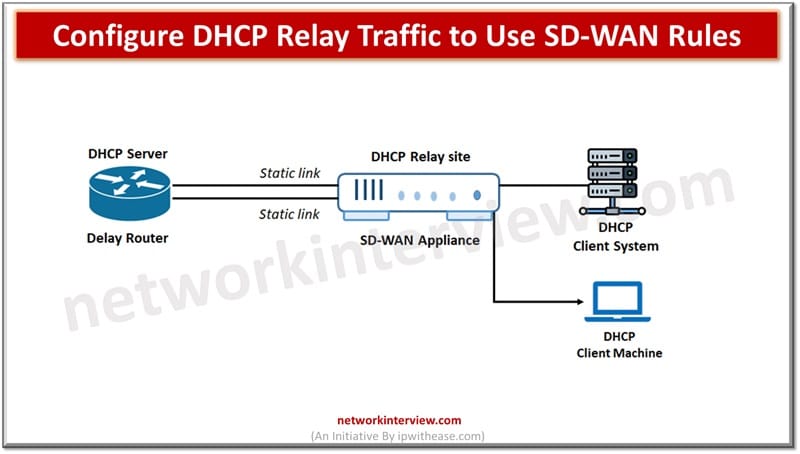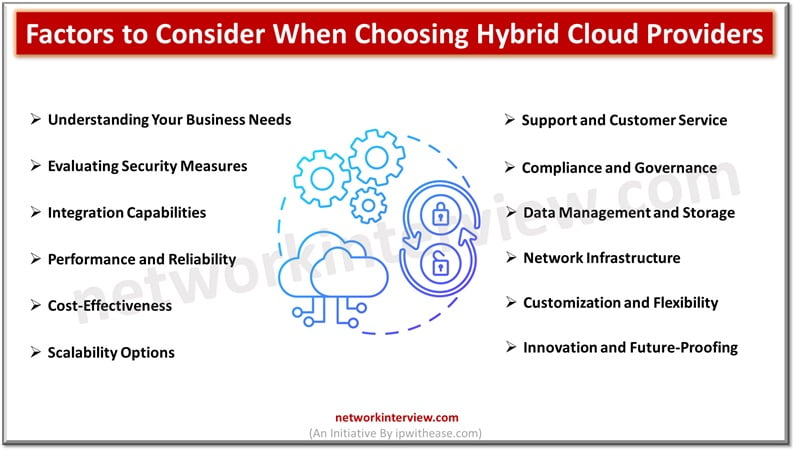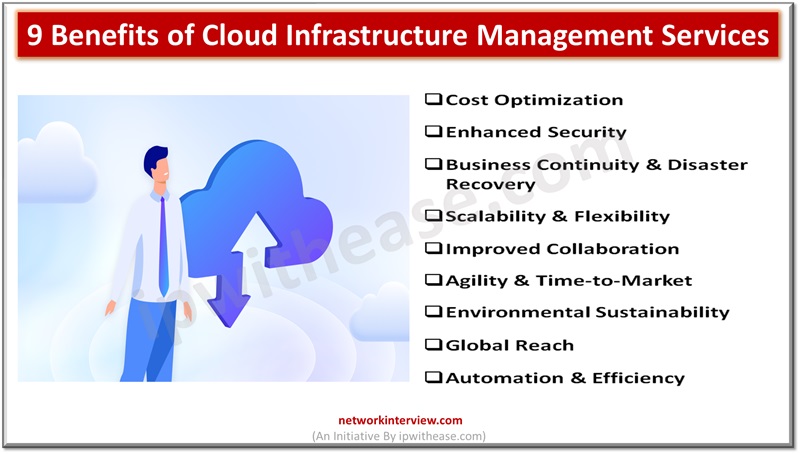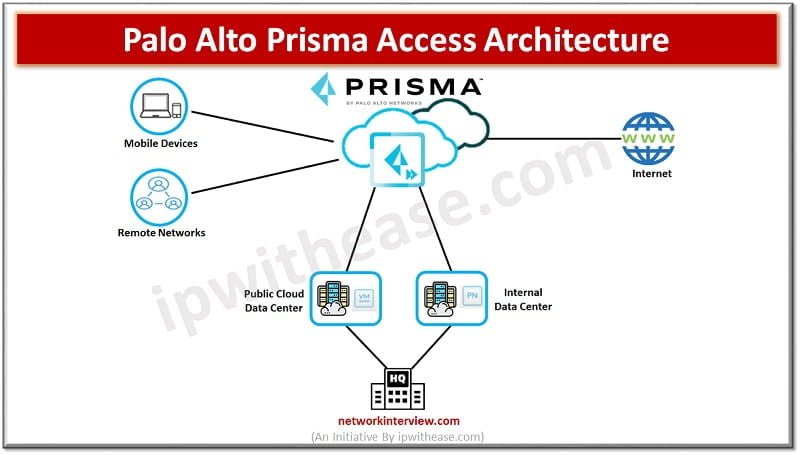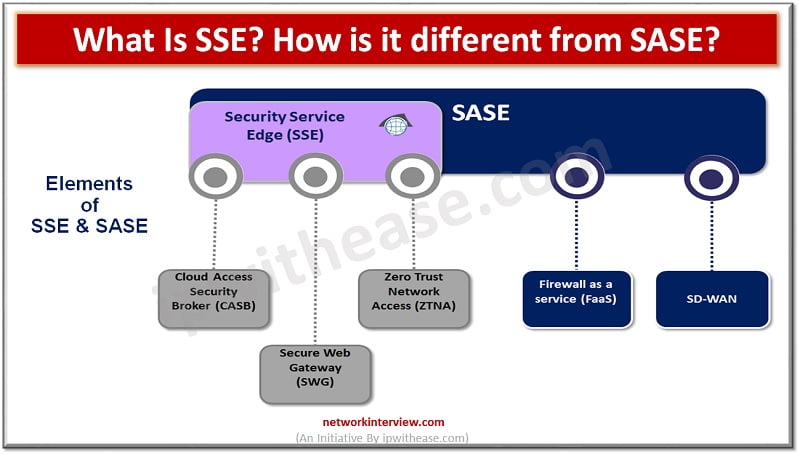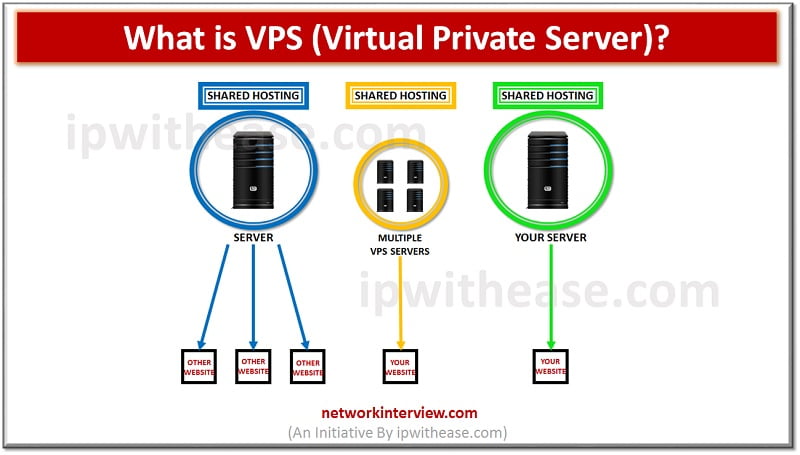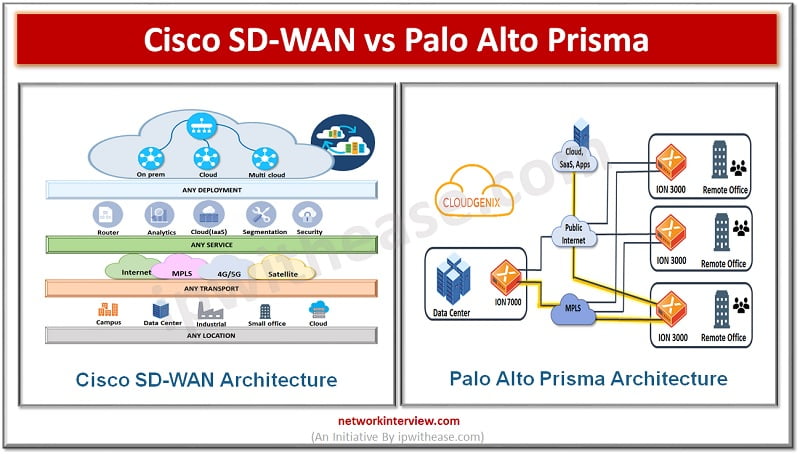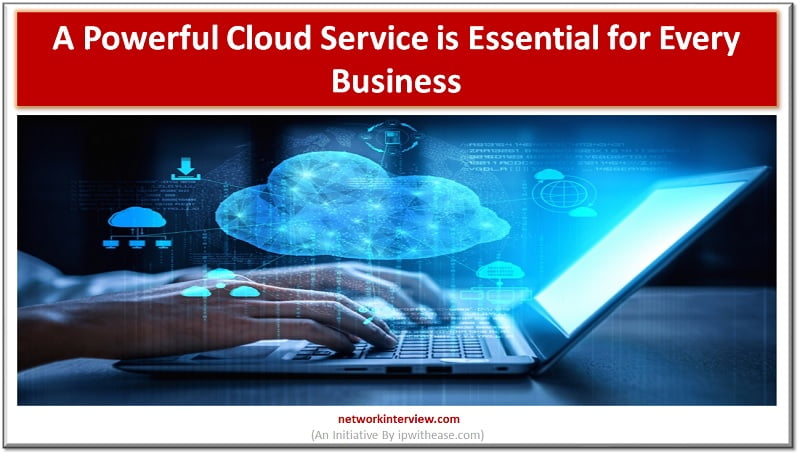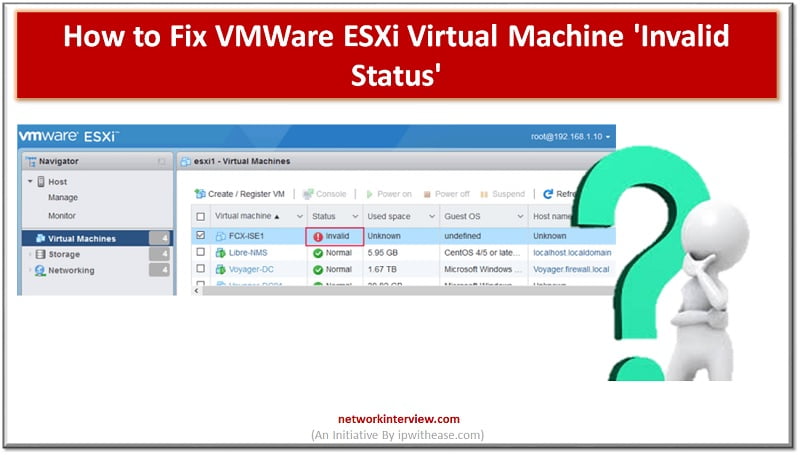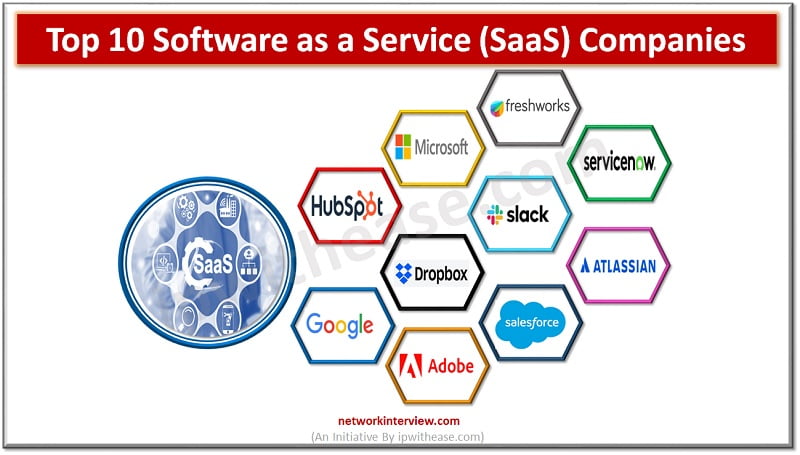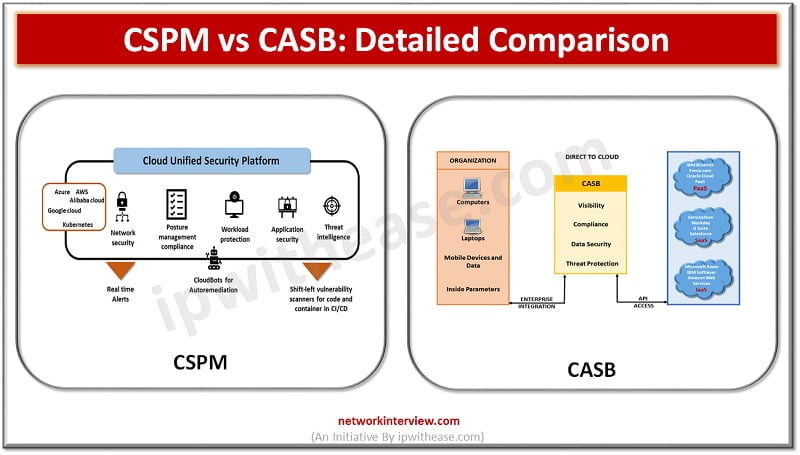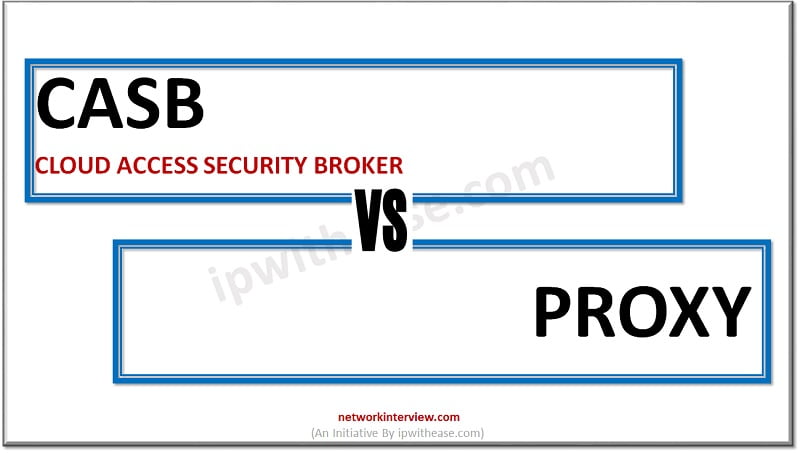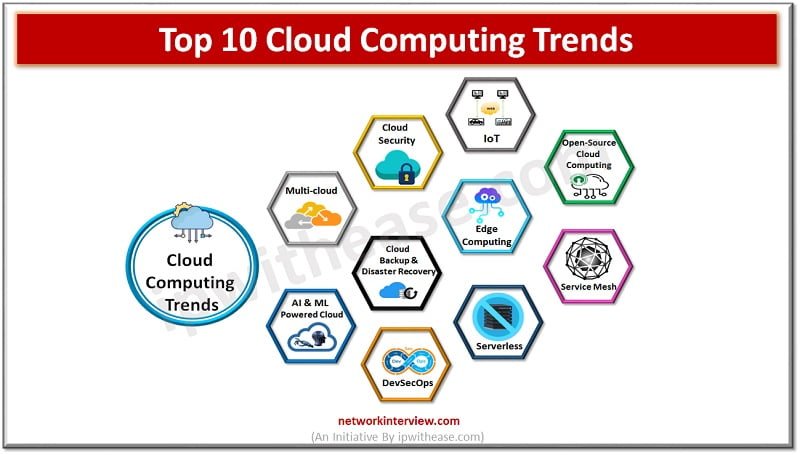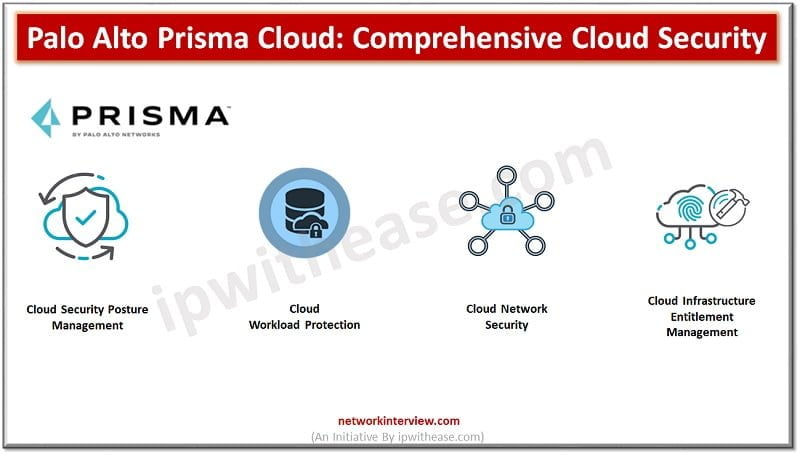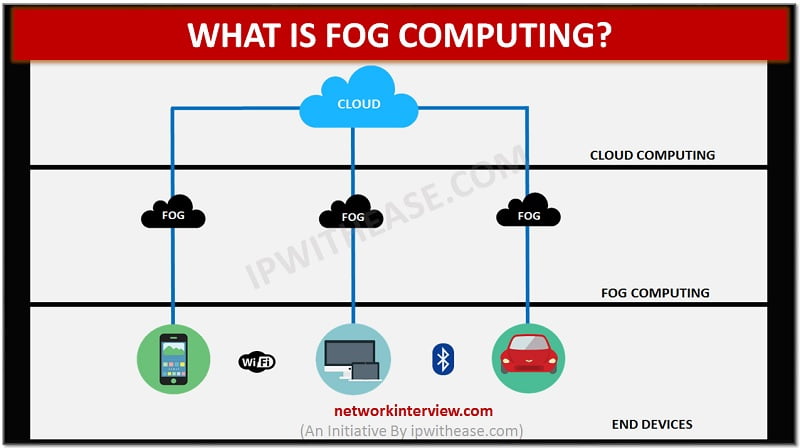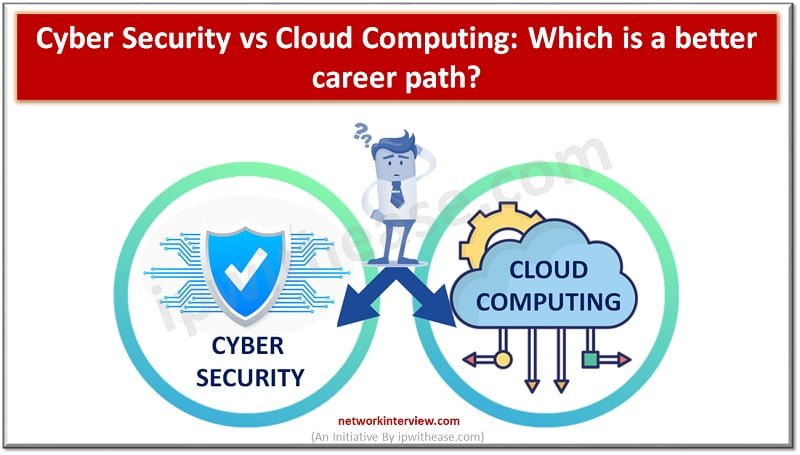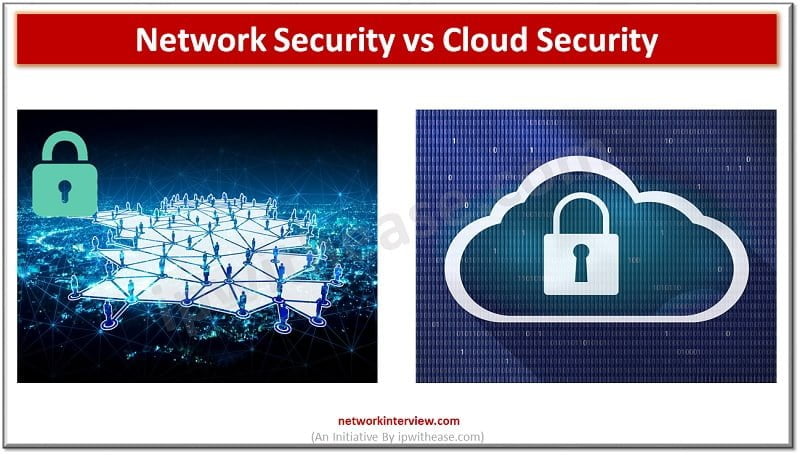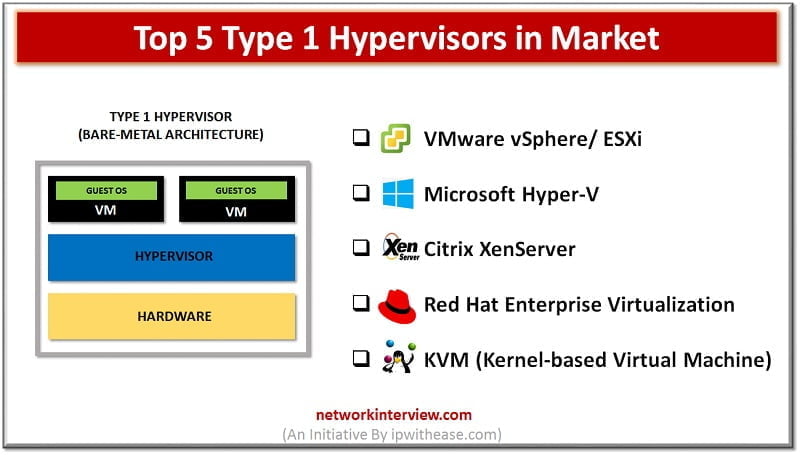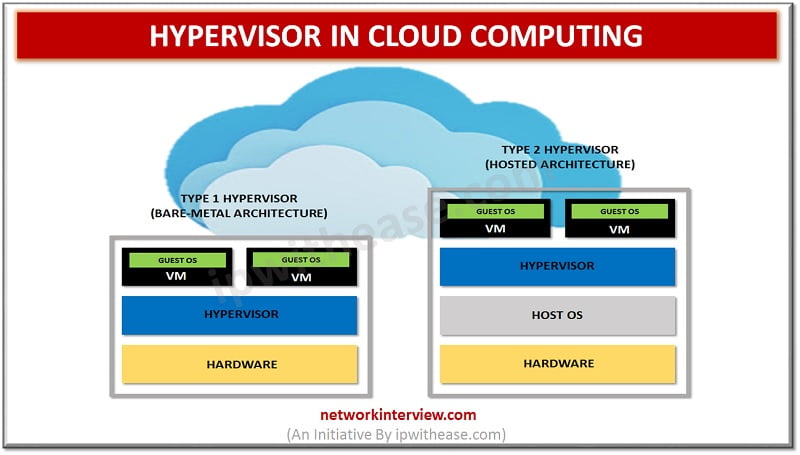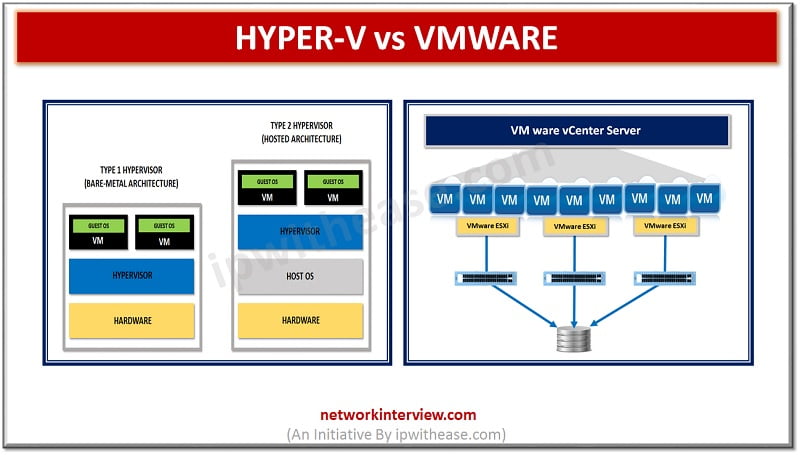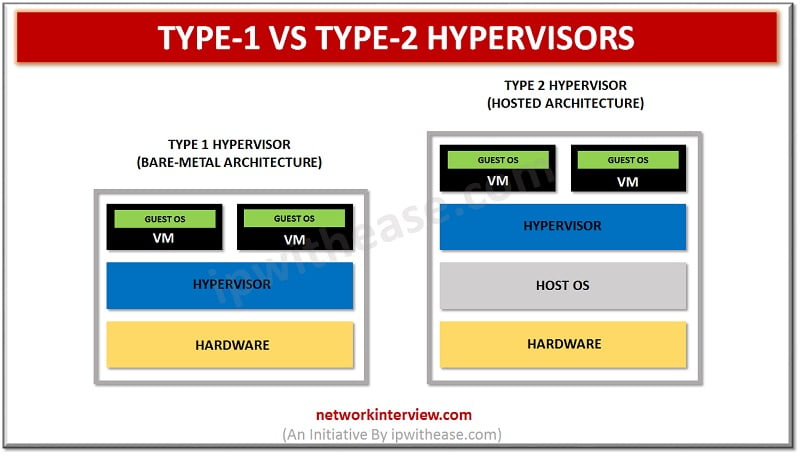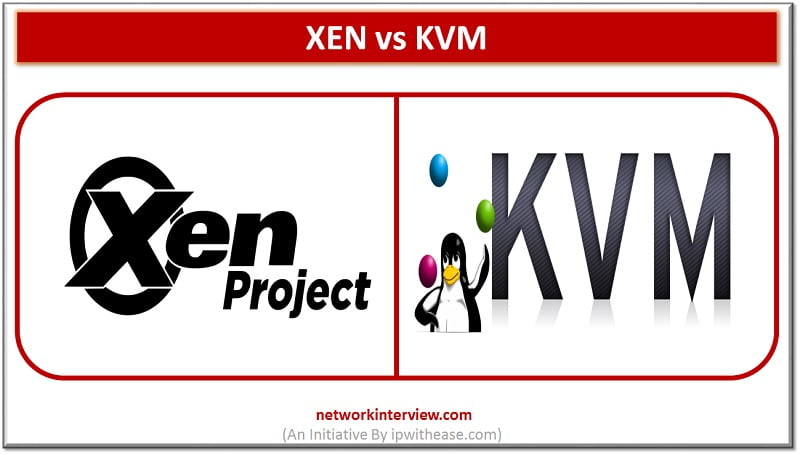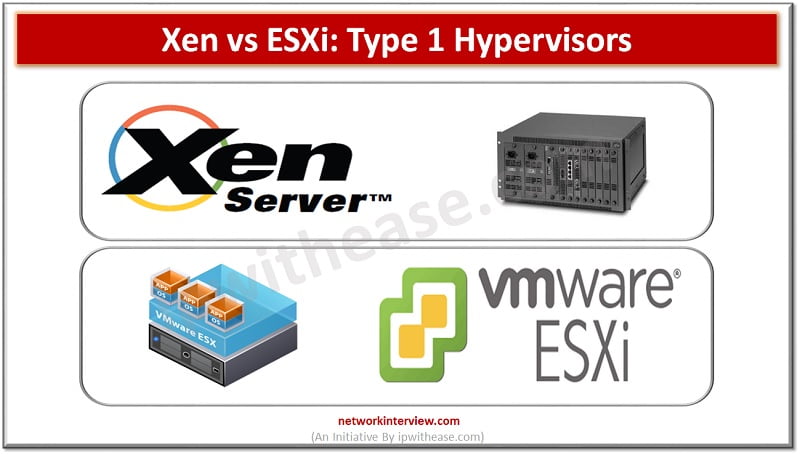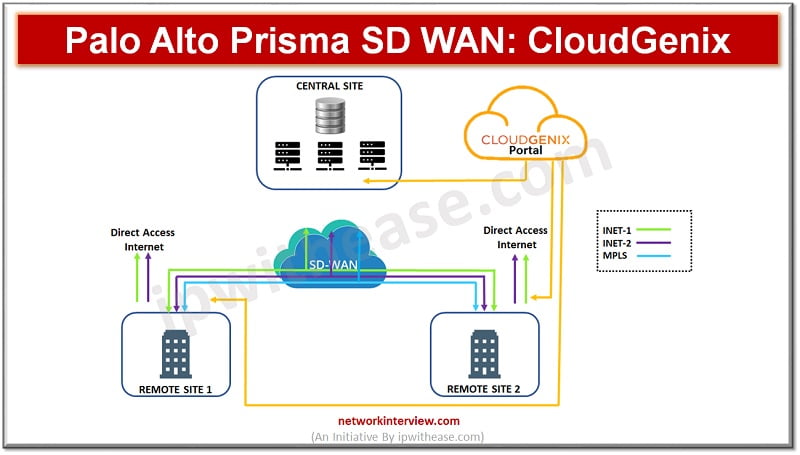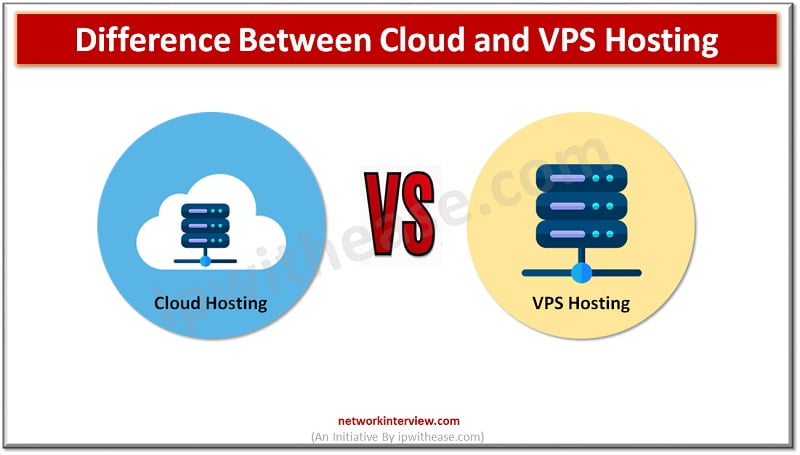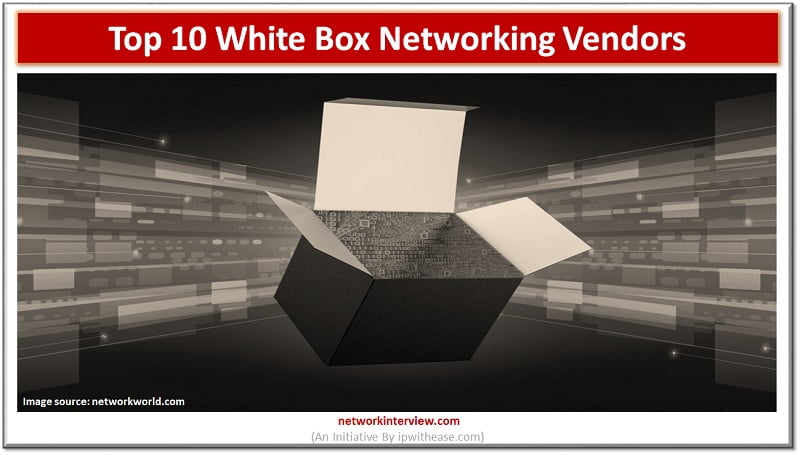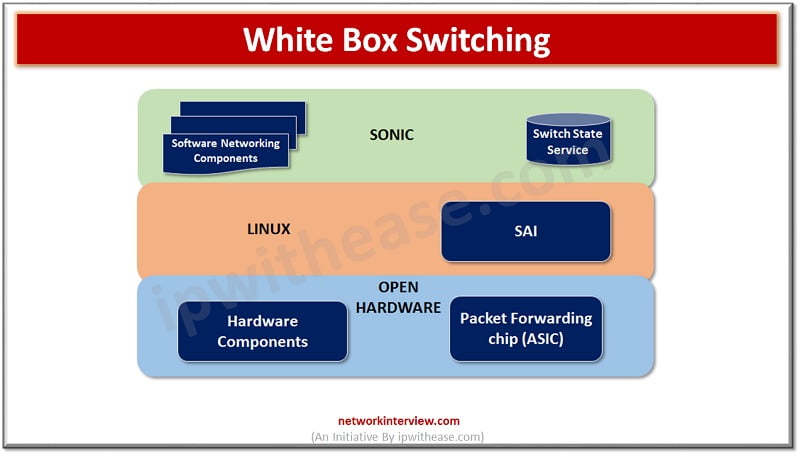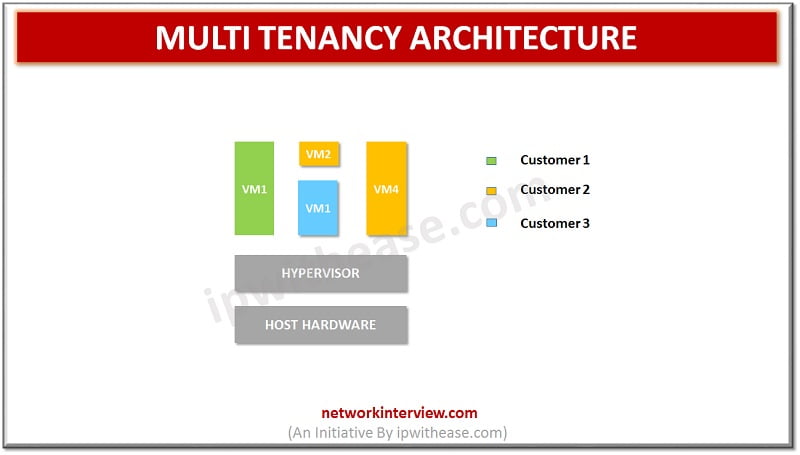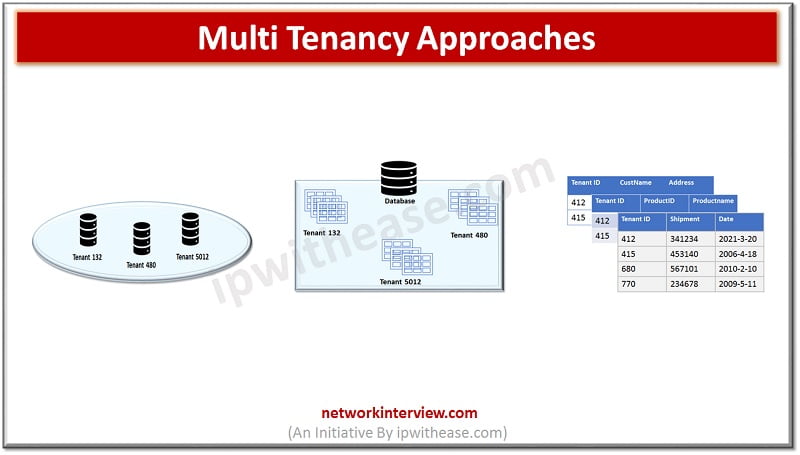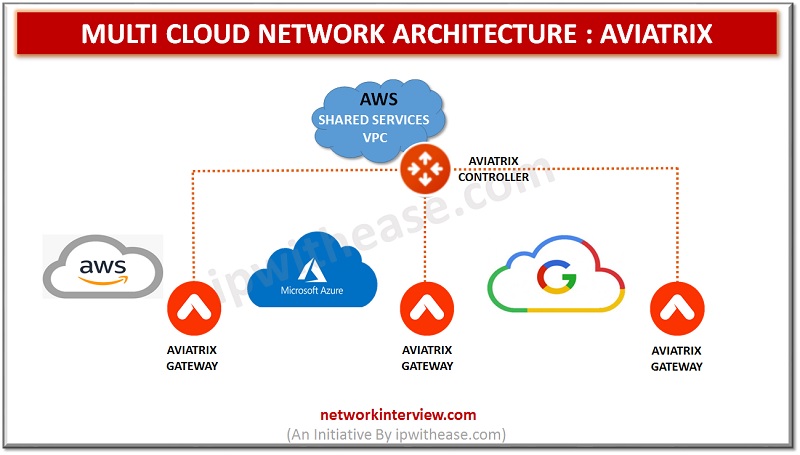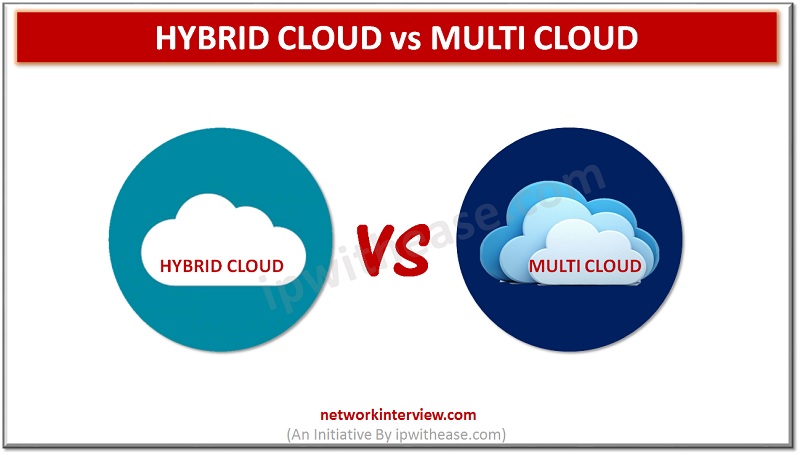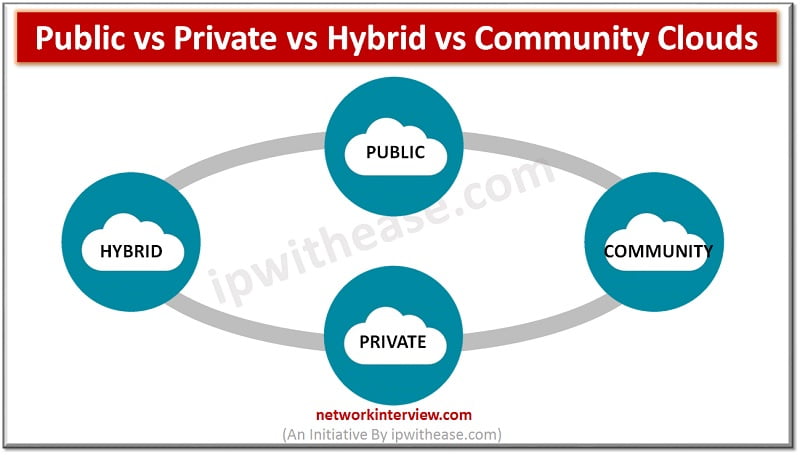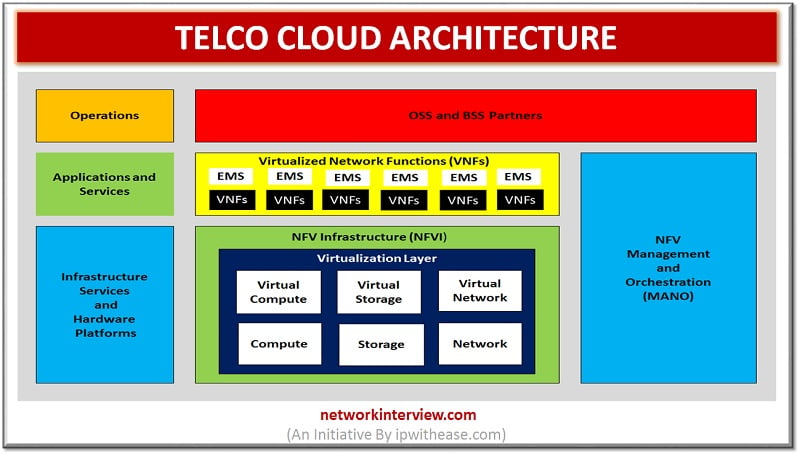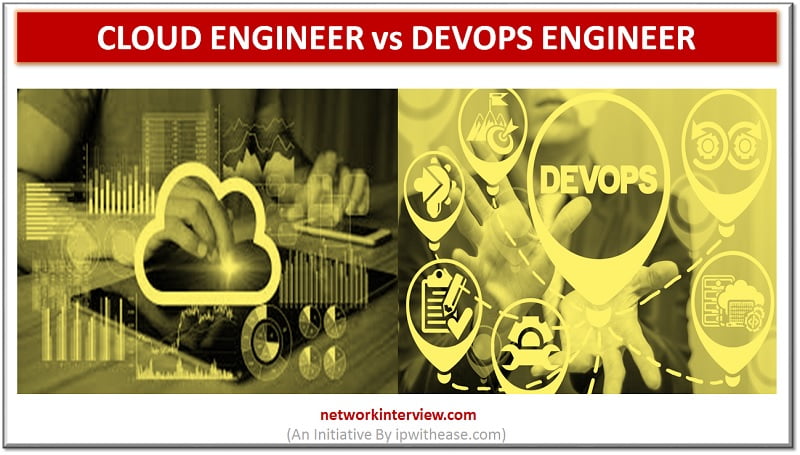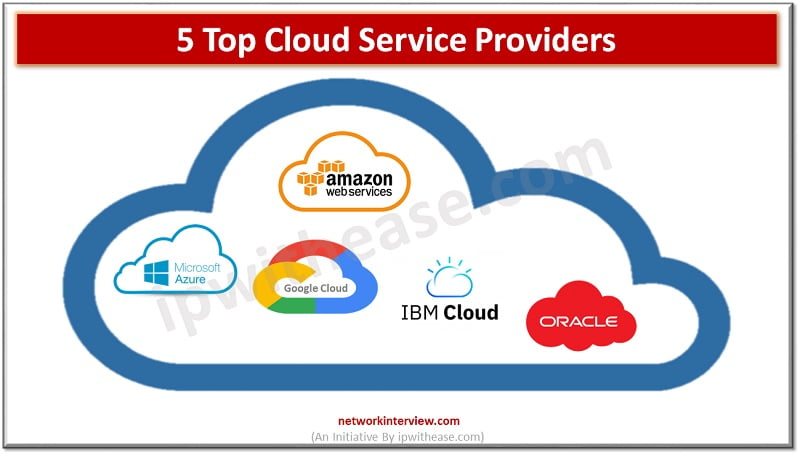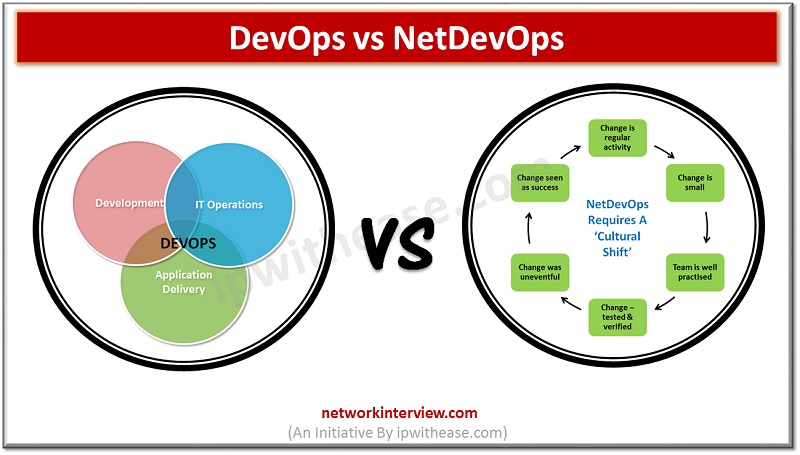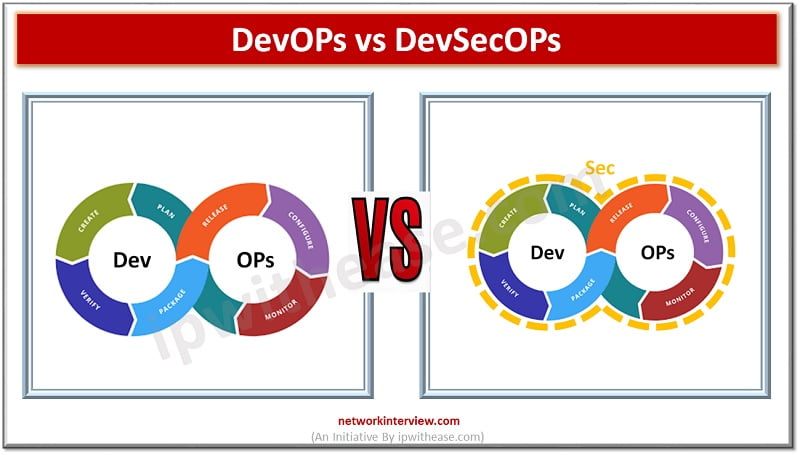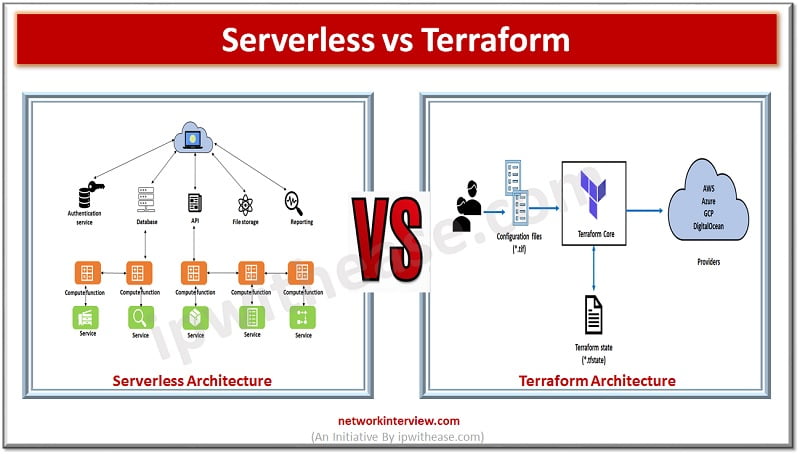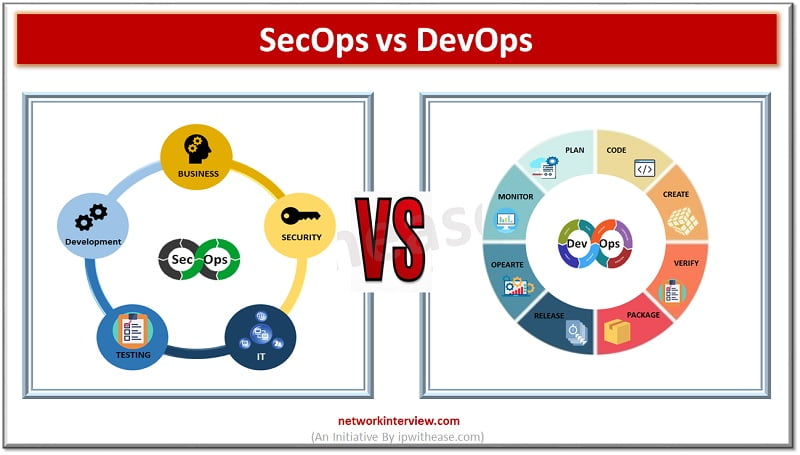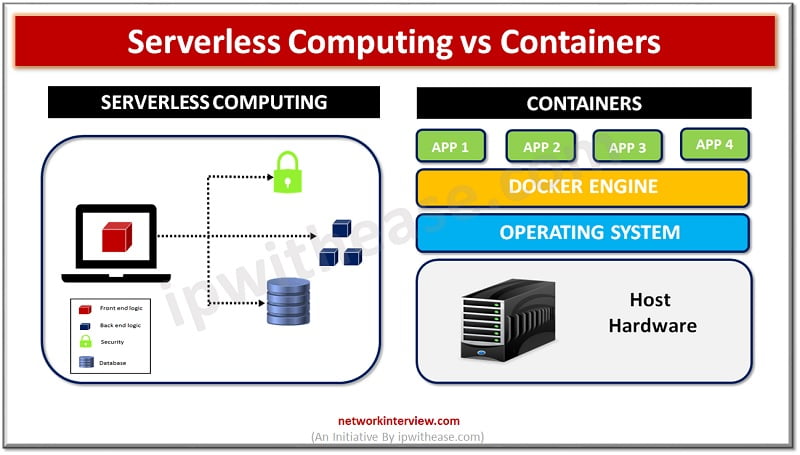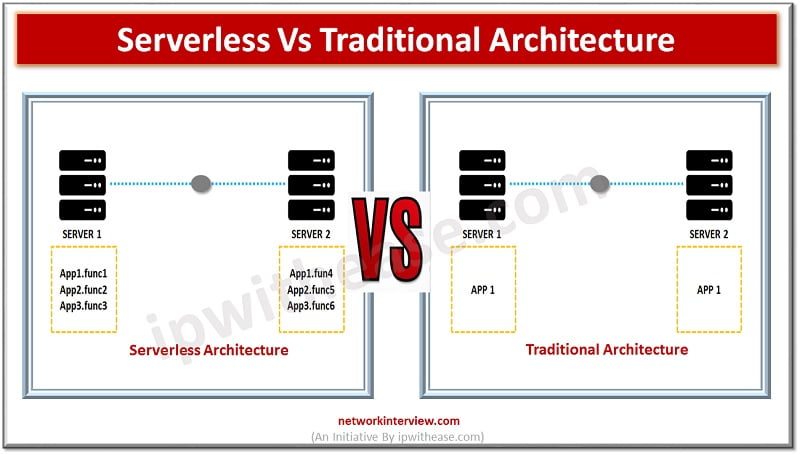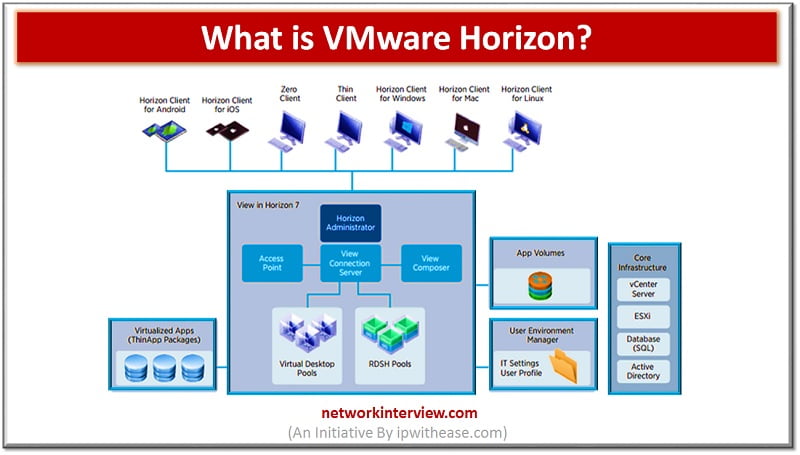Introduction to DevOps & SysOps Technology advancements are crucial to the dynamic IT landscape in today’s times. Cloud computing has been crucial which presents excellent opportunities to business for the future. SysOps and DevOps are commonly used terminologies in cloud …
Introduction The tremendous technical development in the IT and other digital fields started the popular trend of creating acronyms with the Suffix Ops. And the word DevOps, NetOps, and SecOps are confusing IT and Tech communities further as they are …
SD-WAN or software defined networking have SD-WAN rules also known as services rules. They are used for identification of traffic of interest and routing of traffic based on route condition and strategy between two devices in a network. SD-WAN rules …
Are you overwhelmed by the myriad of hybrid cloud computing providers available? Choosing the right one can significantly affect your business’s scalability and efficiency. This blog will guide you through key factors to consider when selecting a hybrid cloud provider. …
Cloud infrastructure has become an omnipresent force, exerting a profound impact on individuals worldwide, both directly and indirectly. Directly, individuals interact with cloud services in their daily lives, from storing personal files on platforms like Google Drive to streaming entertainment …
What is Palo Alto Prisma Access? Palo Alto Prisma Access is a Cloud service provided by Palo Alto Networks. This service provides secure access to Internet and business applications that may be hosted on SASE, a corporate headquarters, Data Centres, …
Introduction to SSE & SASE Security and network architecture have taken a front seat since cloud adoption is all time high and constantly growing. The demand for remote workforce is increasing and per Gartner research demand for remote working is …
CASB vs SASE: Introduction As more and more data moves onto the cloud new tools and methods are evolving to control data and adhere to security regulations. Coronavirus pandemic is becoming an acceleration factor as all around the world companies …
Introduction to VPS (Virtual Private Server) In the IT community, we define with the term VPS (Virtual Private Server), any virtual machine that is sold as a service by an Internet Hosting Service. In normal conditions, a virtual private server …
SD-WAN Solutions Penetration of cloud all around the enterprises also brought the need for hybrid networking solutions supporting private WANs and commodity Internet connections to support adoption of cloud applications, remote connectivity, scalability with application performance and including visibility. Major …
Every business is more than just a person or a team working on a task. If you’re a business owner or manager, you know how many aspects and issues a company has to deal with throughout the day. It’s incredibly …
Troubleshooting VMWare ESXi Virtual Machine ‘Invalid Status’ Let’s troubleshoot VM Invalid status You can see multiple “invalid” VM machines in the image below. Here status is showing invalid. Reason of Invalid VM Machine status could be related to the storage …
Software as a Service (SaaS) is an umbrella term for cloud-based services delivered to customers over the internet. The software operates on a subscription model, helping businesses reduce capital expenditure and operational expenses by shifting from upfront payments for software …
Enterprises are moving their workloads on cloud infrastructure. Gartner forecasts that globally public cloud spending will increase by 18.4% in 2021 to a total of $304.9 billion. As organizations shift IT spend more and more on cloud services, they are …
A common question arises in the mind of IT focals related to Cloud access security broker (CASB) service products such as we already have a web proxy firewall then how is this different? Is CASB a replacement for web proxy/ …
Ever-Emerging New Technologies New technology trends arise every day, but not all of them remain relevant. The same goes for the cloud computing industry. There are some technologies that have solid potential while others will disappear sooner than later. Today, …
Cloud native technologies are helping Development teams to build and deploy applications faster than before. However, this open architecture increases challenges to Security teams. Cloud workloads are spread-out across Virtual Machine Containers Serverless and many points in between security devices …
Introduction Fog computing, popularly known as fogging is a concept that was released by Cisco in 2014. It was solely designed to connect the internet to devices at the periphery of the network. The main objective of fogging was to …
Every person will stand at the cross-road where they need to decide between two career paths. So are you one of them, standing at the crossroads at choosing between a career in Cyber Security or Cloud Computing? Most computer major …
Though it’s been a while since cloud technology was introduced into our world still there is much confusion surrounding Network Security and Cloud Security. If you are one of those who can’t find the difference between these two terms: Network …
Types of Hypervisors Virtual Machine Monitor or VMM also called as Hypervisor is a technology that separates software (computer operating system) from hardware. With a hypervisor, a host computer can support and accommodate many other virtual machines by sharing its …
Hypervisor in Cloud Computing: For long, Applications were assigned dedicated physical servers and resources like CPU, memory and storage. Growth and demand in the ever changing IT environment stipulated for a cost effective and energy saving solution. Virtualization technology gained …
Hyper V vs VMware In computing, virtualization refers to the act of engendering a virtual version of one thing, as well as virtual constituent platforms, storage contrivances, and electronic network resources. On a very broad level, there are 3 styles …
Type-1 vs Type-2 Hypervisors Server virtualization is perhaps the sultriest point in the IT world today. It has been around for a long time, and its ubiquity continues developing, particularly in big business environments. What makes virtualization conceivable in hypervisors? …
XEN vs KVM Talking about the virtualization concept, hypervisors technology is quite a well-known concept. A hypervisor is used by a person who would wish to merge the server space or run a number of other independent machines with the …
Xen and ESXi are unique form of type-1 hypervisors that are specially built for deploying and serving the virtual computers. There can be various kinds of similarities between the two, but here our aim is to bifurcate both of them …
Introduction to Palo Alto Prisma SD WAN More and more organizations are moving towards hosting and running business applications in public cloud such as Microsoft Azure, Amazon AWS, Google cloud etc. Application hosting and running over public cloud has its …
In the hosting web sector, there is a lot of confusion regarding the technological differences between cloud hosting and VPS hosting. Most people misinterpret the fundamental distinction between the two due to the lack of understanding of the key distinctions …
SDN technology detaches dependency on binding both hardware and software. Starting with the SDN network 10 years back, a number of start-ups started to develop open networking systems and white box switches for data centres. In this article we will …
Network switch is the main component of telecommunication networks especially in the case of fiber optics networks. In the traditional switch choice of a specific vendor switch you are bound by software provided by the vendor. The switch market is …
Introduction to Multi Tenancy Advent of cloud computing had brought many new models of delivery and services in Infrastructure services, Application services, Network services and so on. Cloud computing provides a cost-effective way to use computing resources, share applications, share …
Introduction to Multi Tenancy in Cloud Multi Tenancy offers customers , organizations and consumers which are sharing infrastructure and databases to gain advantages on price and performance front. Service offerings available through cloud involve customers (or ‘tenants’) getting a piece …
Multi cloud refers to multiple cloud computing and storage services in a single network architecture. Multi Cloud distributes cloud assets, software, applications and more across several cloud environments. Multi cloud network architecture utilizes two or more public clouds as well …
Hybrid Cloud vs Multi Cloud In recent years, with mushroom growth in Cloud technologies, a change has been observed w.r.t where the application Workload and data is hosted. A large number enterprises have started moving their data, applications and related …
Types of Cloud: All size of businesses receive prominent advantages from cloud computing. When part or all of the computer resources of a company are moved to the cloud, then the decision of most suitable cloud services is also included …
Telco Cloud Architecture Table of Content: Definition of TelcoCloud Definition of Network Function Virtualization (NFV) NFV Architecture Benefits of NFV Application of NFV Conclusion Definition of Telco Cloud Telco cloud represents the Data Center resources which are required to deploy …
Cloud Engineer vs DevOps Engineer Cloud has changed the way how we do Business. Cost savings have led the IT assets, especially compute Infrastructure migration to Cloud. Accompanied by this move, there have been buffet of new roles which have …
Introduction to Cloud Technology Cloud Technologies has dramatically changed the world in the last decade, the data center has become a private cloud and Container technology has become mainstream, Artificial Intelligence and Cloud Computing are now interlinked industries. Looking back …
Introduction With the growing advancement in technology there is an increasing need for collaboration and Agility. Software developments require a constant collaboration between programmers and system administrators in the software development process to develop apps which are efficient, secure and …
Software development and operations teams are always striving to establish a consistent environment for development globally. The products are brought from hands of developers to customers however the existence of silos between development, QA and operations teams always create conflicting …
Infrastructure as a code is one of the greatest changes brought by DevOps in recent times. Complicated provisioning, deployment and release of cloud infrastructure processes which required following complicated steps where cloud resources were created manually is a thing of …
Introduction to Agile Methodologies Most organizations are adopting agile methodology to enable better collaboration between customer and the IT. With Agile the power of teamwork is unleashed. Agile is an iterative approach which concentrates on a continuous delivery framework. The …
Introduction In the era of enterprise computing organizations are seeking ways to develop, deploy and manage applications in a more efficient , fast and scalable manner. Traditionally applications are tightly linked to servers and the operating systems which executed their …
Introduction to Serverless Architecture Over the years organizations have invested money in buying costly servers. The traditional architecture requires large IT staff for maintaining data centres, training and hiring skilled personnel, tracking obsolete hardware and replacing it which would bring …
Introduction to VMware Horizon In the IT industry, VMware Horizon is defined as a commercial desktop and app virtualization product developed by VMware Inc for Microsoft Windows, Linux and macOS operating systems. It was initially introduced in the market with …

